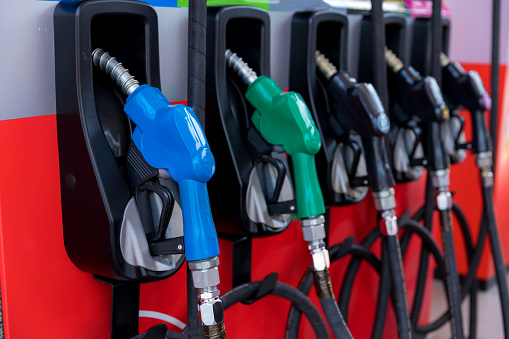
Inflation remains stubbornly hot with transport and higher prices for petrol and diesel contributing to the September 2022 annual figures.
The consumers price index increased 7.2% annually in the September 2022 quarter, according to Stats NZ.
This follows an annual increase of 7.3% in the June 2022 quarter, and an annual increase of 6.9% in the March 2022 quarter.
The main driver for the annual inflation to the September 2022 quarter was housing and household utilities due to rising prices for construction, rentals for housing, and local authority rates.
Prices for the construction of a new house increased 17% in the September 2022 quarter compared with the September 2021 quarter.
Stats NZ prices senior manager Nicola Growden says the cost to construct a new house has continued to rise with supply-chain issues, labour costs, and higher demand, all of which combine to push up prices.
Transport costs
After housing and household utilities, the next largest contributor to the annual increase was from the transport group, due to higher prices for petrol and diesel.
Petrol prices increased 19% in the year to the September 2022 quarter. Diesel prices increased 72% over the same period.
Transport was also a main driver for quarterly inflation which sits at 2.2% for the September period compared to the June 2022 quarter.
International airfares played a big part and this was partly offset by a fall in petrol prices.
International airfares rose 20% in the September 2022 quarter compared with the June 2022 quarter. Annually, they fell 8.4% in the September 2022 quarter compared with the September 2021 quarter.
Prices for petrol fell for the first time since the June 2020 quarter. In the September 2022 quarter the price of 1 litre of 91 octane petrol fell 4.2% to $2.72 compared with $2.84 in the June 2022 quarter.
Diesel prices rose 2.5% to $2.64 in September 2022, compared with $2.57 in the June 2022 quarter.
Non-tradeable inflation (which measures goods and services that do not face foreign competition) was 6.6% in the year to September 2022 quarter, the highest since the series began in June 2000, Stats NZ says.
Construction of new dwellings, rentals for housing, and ready-to-eat food were the biggest contributors to the movement.
Non-tradeable inflation is an indicator of domestic demand and supply conditions. However, the input materials of these goods and services can be influenced by foreign competition, Stats NZ says.
The tradeable inflation rate, which measures goods and services that are influenced by foreign markets, was at 8.1% in the year to the September 2022 quarter. This compares with an annual rise of 8.7% in the June 2022 quarter.
Higher prices for petrol, vegetables, and international air transport were the biggest contributors to the tradeable movement.
Inflation rates around the world are currently higher than in recent years, with the OECD average at 10.3% for the year to August 2022.
Australia was at 6.1% for the year to June 2022. The United Kingdom was at 9.9% for the year to August 2022, and the United States was at 8.2% for the year to September 2022.
Inflation ‘far too strong’
In light of the recent inflation figures, ANZ Bank has changed its official cash rate (OCR) call and now expects the Reserve Bank to lift rates 75 basis points in both November and February to an OCR peak of 5% by February. It previously forecasted an OCR peak of 4.75% by May.
The banks says the September quarter figures show inflation “remained far too strong”.
“Both hikes are contingent on global financial markets keeping it together.
“Such large moves so late in the cycle are risky, no question, and could well turn out to be a mistake. But today’s data gives the RBNZ little choice. They are further behind the inflation game than thought,” ANZ says.








